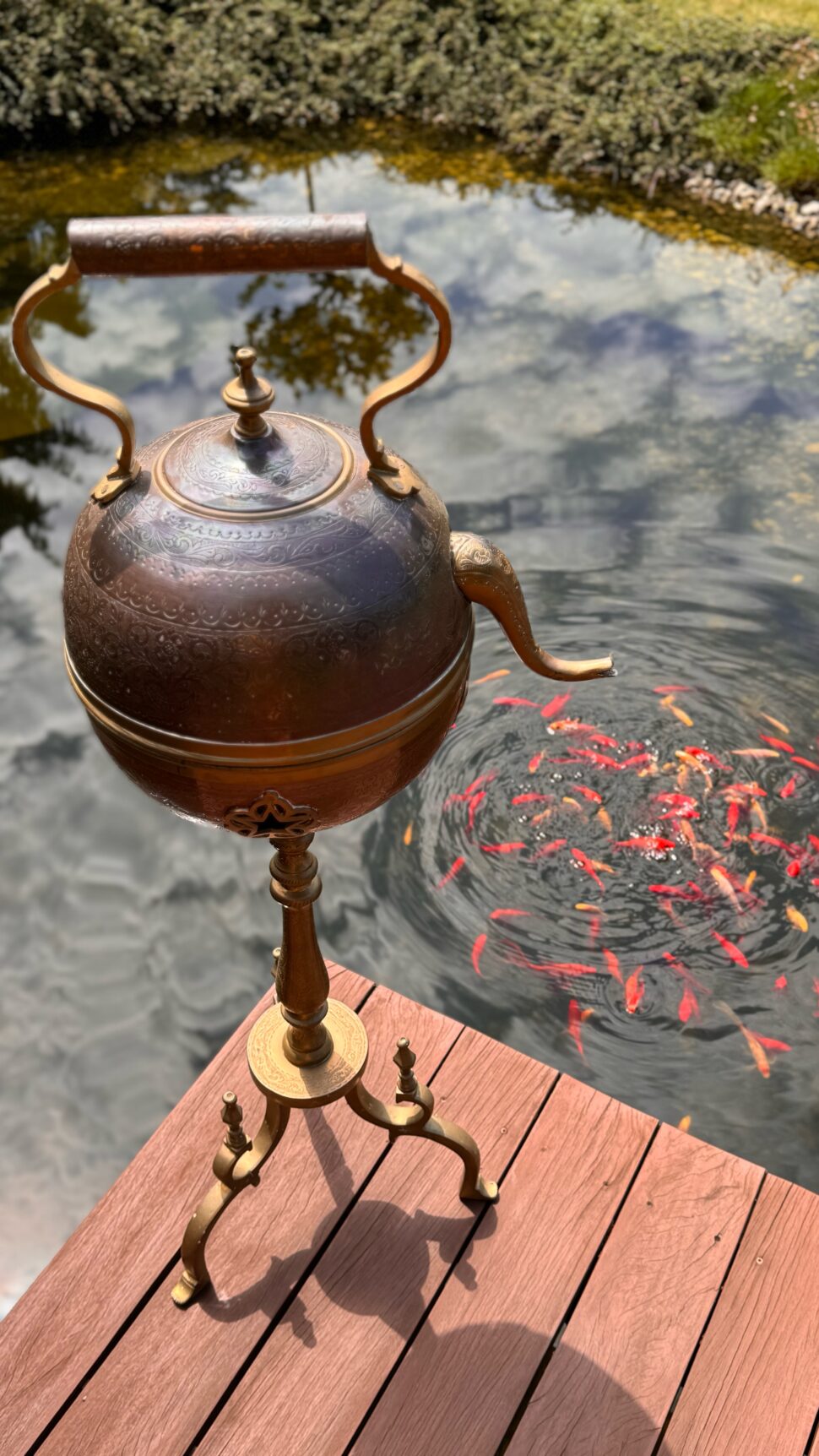lifestyle
From tea ceremony to yak milk

Brewing and drinking tea is a practice that has different facets depending on culture and tradition. The infusion can be consumed hot or cold, with the addition of milk, sugar, rum, or even salt and butter. It is almost always accompanied by a special ceremony.
Legend has it that it all began in ancient China, around 2737 BC, when the Chinese emperor, also known as Shennong, a herbalist and scholar, was resting under a wild tea tree. A sudden gust of wind caused several leaves to fall into the hot water in his pitcher. Still unaware, the emperor discovered a new flavour that delighted him.
Nowadays, there are attempts in China to restore the ancient tea customs, such as gong-fu cha, the masterful preparation and serving of tea. Gong-fu cha is about balance and lack of haste, and these skills take years of practice and experience. Another Chinese ritual for brewing and serving tea is the spectacular taiji gong-fu chadao – acrobatic manoeuvres with a kettle full of boiling water. The skilled movements of a “pourer” require hours of training, much like in the kung-fu martial arts.
The Japanese have created the most refined and festive way of drinking and serving tea. The Japanese tea ceremony, known as chanoyu or sadō (the way of tea), is still practiced today. During a tea meeting, the host serves tea according to certain rules, hoping to bring peace and harmony to the participants.
The Japanese follow the principles of the way of tea in everyday life as well. Over the years, this has contributed to the development of many arts, such as ceramics, calligraphy and ikebana.
In Europe, the English boast the most distinctive way of drinking tea; it was here that the tradition of afternoon tea began in the 18th century. “Five o’clock,” “afternoon tea,” or “tea time” was initiated by Anne, the Duchess of Bedford. As she was getting hungry around 5 p.m. and could not last until dinner, she reached for cookies and tea. She began inviting her friends to these afternoon refreshments. Ladies would put on fancy dresses, wear gloves and hats specially for such an afternoon tea. Meetings were mandatorily held in the best parlour.
In England, tea is usually served in a large teapot. Tea leaves are placed in a warmed but dry teapot and boiling water is poured over the leaves. After 5 minutes the tea can be poured into cups, but first one has to pour a little milk into the cups, adding sugar at the very end.
The Russians prefer strong black tea which they drink slowly, usually from glasses. The strong brew is diluted with water from a special vessel, a samovar, in which the water remains at a boil at all times. Such tea is served with pieces of sugar or jam on saucers.
The Arabs, similarly to the Russians, drink tea in glasses, but they use small glasses widening to the top. The beverage is always prepared by a man: the father of the family or the eldest son. A bit of green tea is placed at the bottom of a metal teapot and a small amount of boiling water is poured over it to strip the leaves of their bitterness. Then the water is poured out, crushed mint leaves and a large piece of sugar are added to the tea, and then water is poured over everything and put on the fire. When the water begins to boil, the kettle is set aside for a few minutes, and then the tea is poured several times from the teapot to the porcelain pot and back again. In the Arab tradition, serving tea is associated with showing hospitality.
The most amazing way to brew tea is certainly the Tibetan method. In Tibet the tea beverage is called “cha süma” (whisked tea) and is a strong infusion (about 50-70 g of dry tea per litre of water) to which yak milk butter is added at 100-250 g per litre and salt to taste. All this (hot!) mixture is whisked in a special elongated barrel until you get a beverage of uniform consistency which is very caloric and strengthening for the body.


